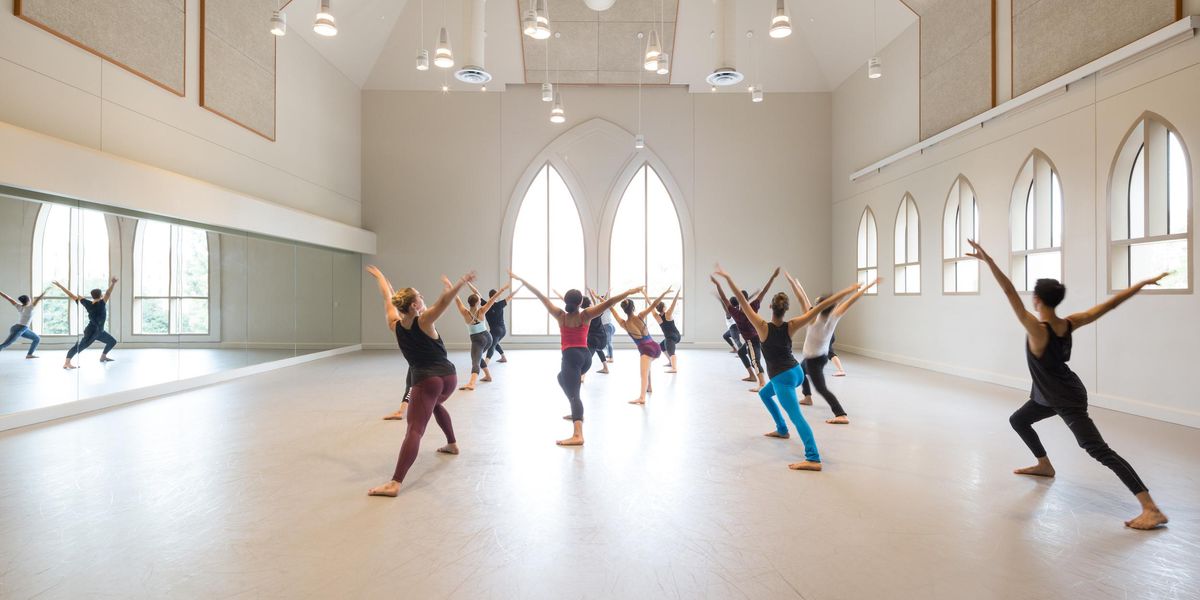DM Recommends
A Woman for All Seasons: Dunham past, present, and future.
Kaiso! Writings by and about Katherine Dunham
Edited by VèVè A. Clark and Sara E. Johnson
Madison, WI: University of Wisconsin Press, 2006.
718 pages, illustrated, hardcover $65; paper $24.95.
“Kaiso”—the calypso culture’s word for “bravo”—is the cool title for this updated, revised, and expanded anthology on Katherine Dunham’s work and life. The brainchild of Caribbean scholar VèVè A. Clark and originally published in the 1970s, this collection of essays boggles the mind. Like the new research on Josephine Baker, it powerfully drives home the message of one woman’s central significance in dance history, anthropology, choreography, performance, and technique. We also begin to understand Dunham as a figure whose parameters and politics reach beyond the realm of dance.
The five sections in this tome draw upon the wide range of Renaissance woman Dunham’s achievements and contain something for almost everyone. There are articles on the history, development, and practice of the Dunham technique; fine scholarly essays by Clark and Susan Manning, among others; anthropology entries by historical figures such as Claude Lévi-Strauss and Alfred Métraux; and a cluster of dance anthropology selections by Dunham herself. It also contains interviews with Dunham and former company members, Dunham’s incredibly revealing professional and personal reflections on her life and times, and a separate section with her poems and stories. Culled from magazine articles, academic journals, newspaper clippings, public lectures, and personal papers, these writings span 60 years of dance history representing 40 contributors and nearly 100 articles.
Dunham’s descriptions of her collaborations, touring, and the personal/professional intersections of her life give top-drawer information on American dance history and performance culture. Her richly textured and beautifully written insights on private, public, and political experiences make us understand the power of dance to upset and shake up the social order. Like other African American groups touring in segregated places, the Dunham ensemble functioned as the avant-garde of civil rights, penetrating areas that had previously been off-limits except to white people. In an excerpt from the prologue of Minefields, an unpublished work-in-progress, she asserts that her “major preoccupation, aside from theater presentation with its attendant choreographing for and grooming of my nucleus company, was fighting the relentless practice of apartheid, especially in lodgings and eating places. And the more severe the testing, the greater the anger, until I became aware of subtle changes within myself which, without my knowing it, were forming the entity I am today.” She brought her art—and her life—to bear upon the beleaguered black enclave of East St. Louis, Illinois, where she lived and worked for over three decades, establishing the Katherine Dunham Centers for Arts & Humanities in this Midwestern outpost. One newspaper article recounts her arrest and incarceration there when she put her body on the line, defending one of her students during the racially tense 1960s.
Clark’s editorial influence flavors the entire volume with a mix of invaluable scholarship; delicious, gossipy details; and candid autobiographical reflections. Her young co-editor, Sara E. Johnson, contributes a perceptive, informative introduction and concludes that the editorial arrangement is “one thematic road map among many.” This prequel cleverly sets the stage for the drama that unfolds. And what a drama it is! Anecdotes abound. Dunham’s reach touched figures as varied as psychoanalyst Erich Fromm, art historian Bernard Berenson, and choreographer George Balanchine. Eartha Kitt was a Dunham company member, and her memories of touring Europe (from her 1956 biography) give a heady, hectic sense of what it meant to perform with a company that was the toast of Europe, adored (but perhaps misunderstood), prized for being exotic or primitive. Kitt’s account is just one of many that offer dancers’ perspectives on the ups and downs of performing on tour, the technical aspects of the work, and personal memories about working with Dunham.
We learn, in many examples, the ways in which dance itself was the catalyst for raising Dunham’s social and political consciousness. She is one of the best and earliest of the innovators in the field of dance anthropology and originated theories about the connections between dance and society that are still useful today. In “How She Began Her Beguine,” researcher Millicent Hodson avers, “Dance is a way of knowing. In the myriad of Dunham’s gifts to the world, she brings us closer to this truth. Working in words or working in movements, she begins and ends with the body as the instrument of knowing.” Hodson captures the essence of why Dunham is important and why this collection is so significant: It contains gems—gold, silver, and precious stones of wisdom that help us to understand the power, potential, and joy of dance in the world and the world in dance.




